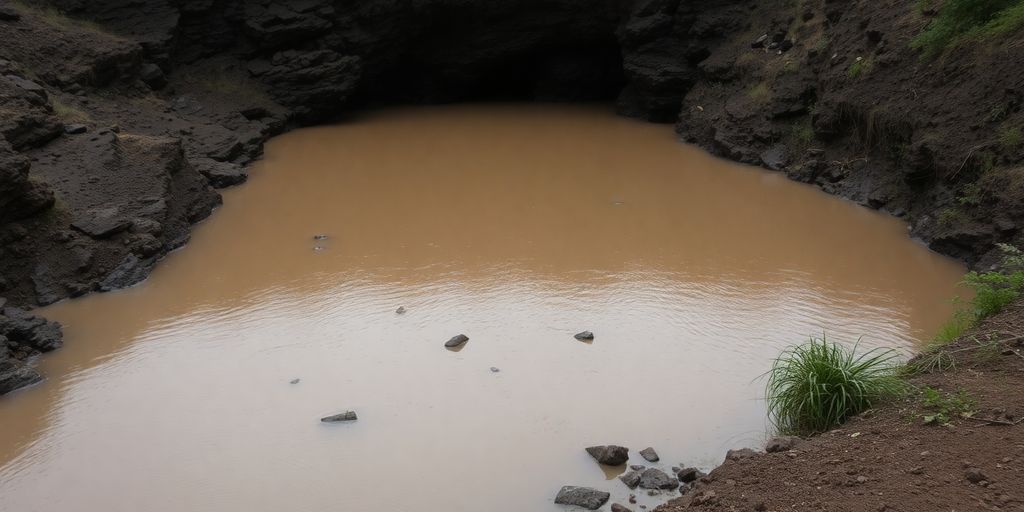Heavy rainfall has triggered widespread flooding across Romania, causing significant damage to homes, agricultural lands, and critical infrastructure. The historic Praid salt mine, a major tourist attraction and economic pillar, is severely impacted, raising concerns about its future and the region’s tourism industry. Authorities are managing evacuations and assessing the full extent of the devastation.
Romania Grapples With Severe Flooding
Romania is experiencing extensive flooding following two days of torrential rain and strong winds. Emergency services have evacuated hundreds of residents from central and northeastern regions, including Covasna, Brașov, and Botoșani counties. In Borșneu village, floodwaters submerged homes and a factory, forcing residents to seek refuge in a school sports hall.
Officials have issued yellow alerts for 27 counties, with red flood warnings remaining in the most severely affected areas. Aging dams are struggling to contain the swollen rivers, exacerbating the crisis.
Praid Salt Mine Critically Affected
The historic Praid salt mine in Harghita County, one of Europe’s largest salt reserves and a significant tourist magnet, is facing critical conditions. The flooding is described as the worst in the region in three decades. County Prefect Petres Sandor stated that the water inflow into the mine is uncontrollable.
- The mine, which dates back to Roman times, serves as a medical center, adventure park, cinema, and museum, all located approximately 120 meters underground.
- The Corund stream’s increased flow has caused water to pour into the mine, raising fears of structural damage as water dissolves the salt.
- While authorities believe it would take months or years for the water to destabilize the entire mine, the immediate impact on operations and tourism is severe.
- The mine, which produces 70,000 to 100,000 metric tons of salt annually, has ceased operations, and all machinery has been evacuated.
Economic and Tourism Impact
The closure of the Praid salt mine poses a significant threat to the local economy, which heavily relies on tourism. The mine attracts over half a million visitors annually, and its indefinite closure has led to widespread cancellations in hotels and a decline in local business.
- The community of Praid, with 3,000 residents, largely depends on the mine and related tourism services for their livelihoods.
- The long-term shutdown could lead to economic collapse for many families.
- Regional authorities are exploring alternative attractions to retain tourists, but the Praid salt mine is the centerpiece of Harghita County’s tourism identity.
Ongoing Response and Future Concerns
Emergency crews are working to build makeshift sluices and dams to contain the destruction and protect unaffected parts of the mine. The Romanian government has offered assistance, and the Ministry of Economy has pledged investments to mitigate the flooding’s impact on tourism and facilitate the mine’s eventual reopening.
The crisis at Praid highlights the vulnerability of cultural and geological tourism sites to natural disasters, prompting discussions about policy reform, infrastructure investment, and updated risk assessment models for destinations worldwide.
Sources
- Video. Homes and crops damaged as floods spread across Romania, Euronews.
- Several areas in Romania hit by flooding after two days of heavy rain, AP News.
- Severe flooding cripples Romania’s historic Praid salt mine, Euronews.
- Devastating Flood in European Country, Romania Brings Praid Salt Mine to the Brink, Sharp Effect on Tourism
Economy, What You Need To Know, Travel And Tour World. - Heavy floods threaten Romania’s Praid salt mine, a tourism magnet, Yahoo.






